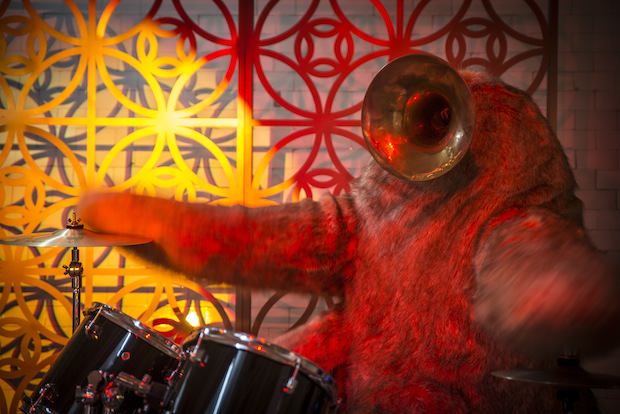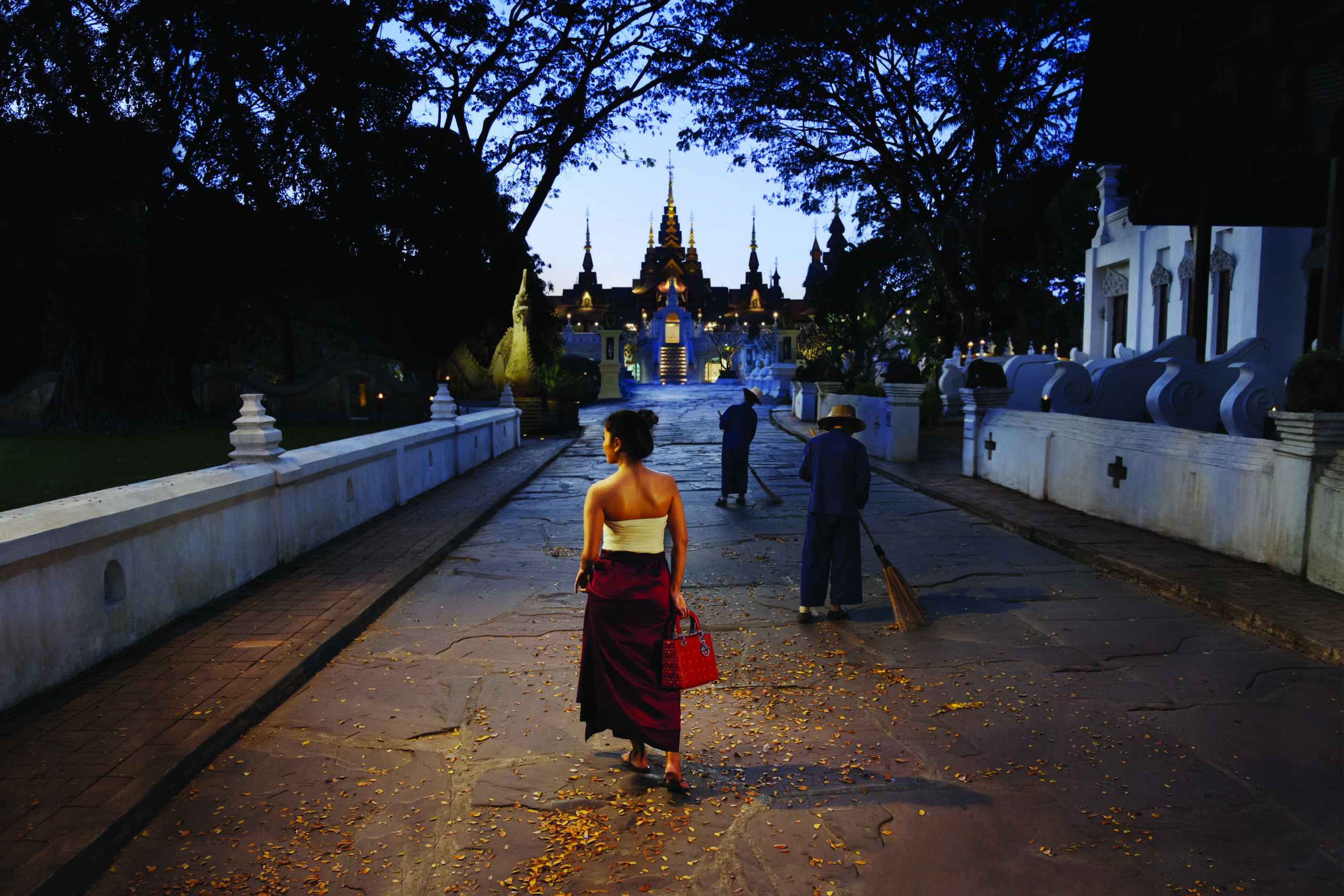Kingsley Ng is an active inter-disciplinary artist with a focus on conceptual, site-specific, and community-engaging projects and also works as a lecturer at the Master of Visual Art Programme in Hong Kong Baptist University. This May, Ng is taking part in a number of exhibitions that have opened around Art Basel in Hong Kong, the first edition of Basel’s Asian fair; from “Hong Kong Eye” at Artistree, “I Think it Rains” at Cattle Depot, to a homage to painter Liang Quan coinciding with a solo show of Liang Quan’s work at Osage Atelier.
Ng sat down with Whitewall to talk about the work he is showing in each space and the exhibitions he is taking part in; providing an introduction to Hong Kong’s vibrant art scene, discussing why Hong Kong is a creative hub, what makes the Cattle Depot an interesting place, and the importance of painter Liang Quan.
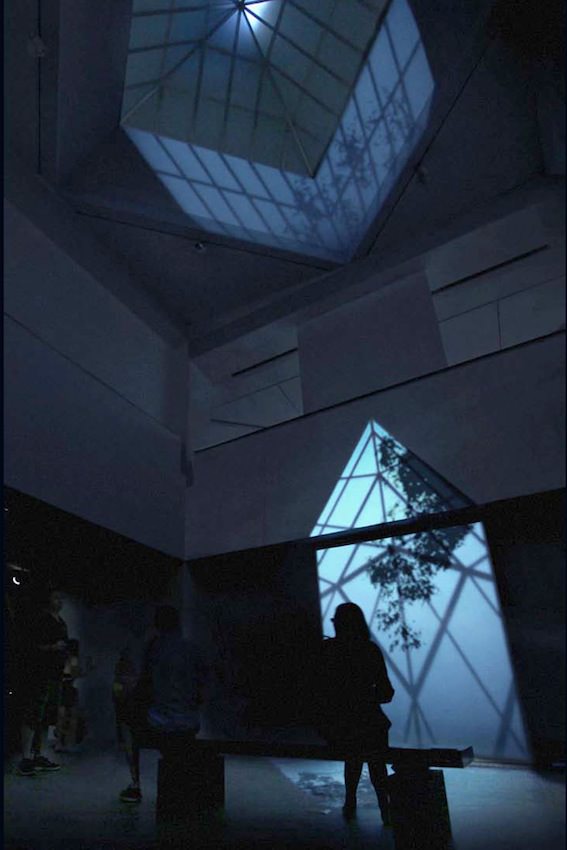
Installation view
WW: How does it feel to be exhibiting at this particular time, when Art Basel inaugurates its first edition in the city – have you noticed a buzz?
KN: It feels everyone within the art ecology is working very hard to ensure there will be a great diversity of programmes for the week of Art Basel. There will be something for everyone, from the official Art Basel Programme to Florentijn Hofman’s inflatable duck (on view at the Hong Kong harbour).
WW: What makes Hong Kong so unique right now as a space and place for art production, presentation and dissemination?
KN: It is obvious that Hong Kong has always been a favorable trading port, and it is not very difficult to imagine this may also be the case for the arts.
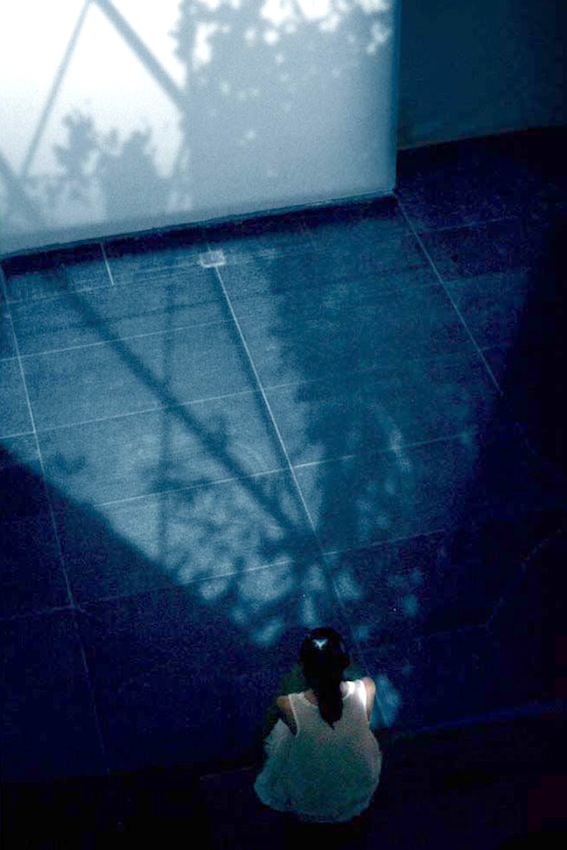
Installation view
However, beyond the taxation policy and trading infrastructure, I think, an interesting factor about Hong Kong is how its natural landscape may have shaped a kind of “down to earth creativity”. Dutch design is often praised for their innovations and their ability to think outside of the box. People such as Aaron Betsky believed that this is very much related to the Dutch landscape where a majority of its land is below sea level, hence their people have adapted a creative / problem solving mentality over time.
Likewise, Hong Kong is situated on this interstice between mountains and sea, as well as between conflicting cultures and ideologies. In this regard, people of Hong Kong are renowned for a kind of problem solving agility, and an ability to navigate cracks of possibilities and opportunities. Examples of this kind of “creative agility” can be seen from the vernacular sheds of the low-income households, to the innovative investment schemes offered by property giants.
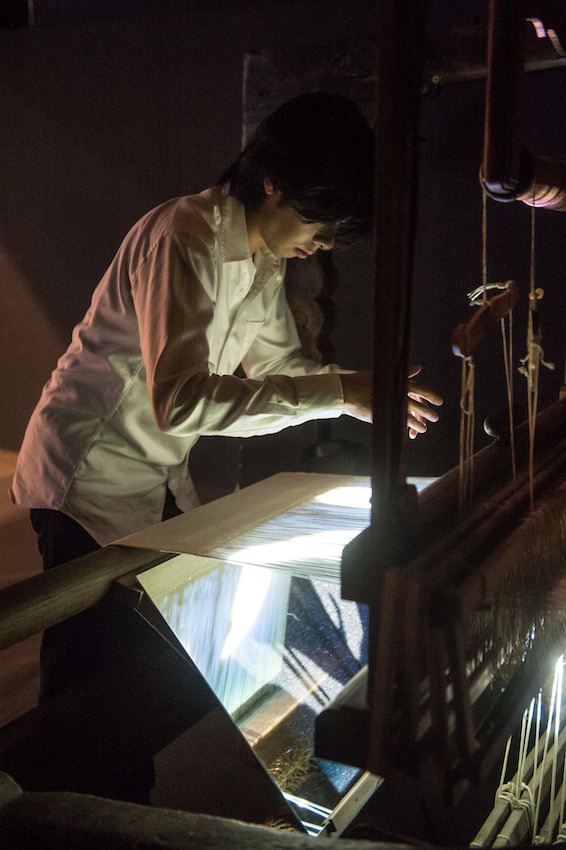
Installation view
In the 21st century, where the line between art, design, architecture, urban planning, social activism, social innovation, marketing strategy and so on are becoming more blurred, perhaps this is kind of creative ambivalence gives a unique advantage to the speculative future of Hong Kong.
WW: Could you talk about the exhibition “Hong Kong Eye”? It was shown first at the Saatchi Gallery in London, and is said to present a definitive picture of contemporary art in Hong Kong. Does the exhibition succeed in reflecting contemporary art in Hong Kong?
KN: It is hard to say, but I guess it reflects how, though Hong Kong is a very small city, it embraces great diversities. Johnson Chang once said, Hong Kong Art is “not informed by ideology but life experiences,” therefore Hong Kong Art is enriched by the life experiences of this “Global Village”. The “Hong Kong Eye” exhibition showcases artists who are of different nationalities, such as from France, Spain and Portugal; and there are the artists who, like myself, have lived abroad for many years; and there are those who moved to Hong Kong from Mainland China.
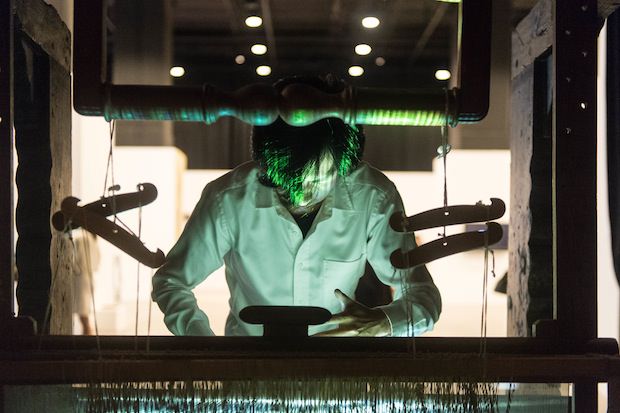
WW: “I Think it Rains” takes place in a heritage site in Hong Kong – part of the old slaughterhouse in To Kwa Wan. It marks the start of a three-year research project presented by the Burger Collection in Hong Kong. Could you talk about this project?
KN: Cattle Depot was never a very popular destination, not because of its programmes, but simply because it is perceived to be not very accessible by public transport. People in Hong Kong rely enormously on the mass transit railway system, and there are many who refuse to travel to places where the system is not in place. The new railway line to the area will open in a few years time, and will potentially turn this area into a great hub for cultural activities. In any case, in the context of Art Basel in Hong Kong, a place like the Cattle Depot is a nice compliment to the white cube/convention centre/trade fair setting.
The exhibition on display in Cattle Depot now is perceived as a kick off, and curator Daniel Kurjakovic paid great attention to the artistic processes that are associated with each of the works displayed. He asked artists to contribute works-in-progress materials through a kind of artist shelf, which may evolve collaboratively among the artists involved in the exhibition. Daniel also encouraged the artists to examine the site of the Cattle Depot and its neighbourhood. Of course, this project will take time, and hence the idea to suggest a three-year research project rather than one-off exhibition.
WW: Can you talk about painter Liang Quan, who you pay homage to at Osage Atelier?
KN: Some artists endeavour to embrace and endure traditions in their contemporary practices; and this may sometimes turn into a life-long solitary quest. There are those who confront traditional artistic practices through extrinsic innovative techniques, and there are those who harmonise traditional values, aesthetics and philosophies through intrinsic contemplation.
To me, Liang Quan is one of the few artists who have ingeniously mastered the latter concern and it is something that I am truly captivated by and have a profound respect for.
Kinsley NG received postgraduate training at Le Fresnoy – National Studio of Contemporary Arts in France, has a MSc Sustainable Design degree from the University of Edinburgh, a certificate in Experience Design from Central St. Martins in London, and a BFA New Media Art degree from the Ryerson University in Canada. His works have been featured in international exhibitions such as Guangzhou Triennial in China, Echigo Tsumari Triennial in Japan, 2nd Land Art Biennial in Mongolia, World Expo – Lille Europe Pavillion in Shanghai, Kunsthalle in Vienna, and IRCAM – Centre Pompidou in Paris.




